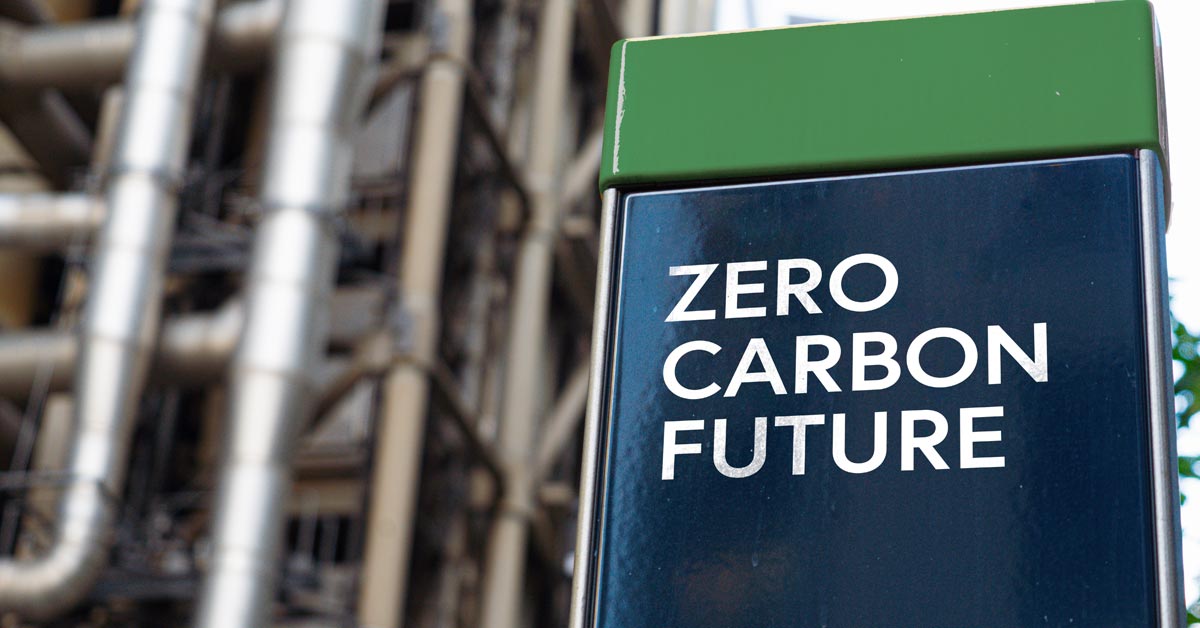2 min read
How Science Based Targets Make Real Progress in the Carbon Transition
 Harvey Greer
:
Feb 16, 2024 12:00:00 AM
Harvey Greer
:
Feb 16, 2024 12:00:00 AM

Decarbonizing operations have now become a leading priority for businesses. As regulation enforcement looms, businesses must make results-oriented strides in eliminating greenhouse gas emissions.
One trend that has finally begun to wane is the so-called greenwashing of decarbonization. In the last few years, corporations and businesses would announce pledges or other commitments to decarbonize—to the tune of great PR and shareholder delight.
But when the numbers were actually analyzed, no substantial changes had actually taken place.
Fortunately, these empty corporate promises seem to be waning as businesses face a higher level of scrutiny. Organizations like Science Based Targets have now become a trusted source for providing reality-based, concrete pathways for carbon transitions.
This post will dive into the Science Based Target Initiative (SBTi) and how it aids businesses as they plan and deploy their carbon reduction strategies.
About Science Based Targets
The Science Based Targets Initiative helps companies clarify an achievable path toward carbon emission reduction. Following the evidence-based data of the Paris Agreement, the SBTi aims to aggressively combat the impending climate crisis for all types of organizations.
“Science-based” climate targets refer to the latest research in the critical aim of keeping global temperatures from exceeding the 1.5°C threshold. Holding average temperatures below this pre-industrial level is imperative in preventing catastrophic and permanent climate change.
The SBTi works with companies to help them tailor their carbon reduction objective in-line with achievable results. No two corporations are the same—and neither are the carbon reduction plans for them, either.
Their certification marks an important distinction for those companies who achieve it. As an internationally-recognized standard, SBTi reflects a true commitment by companies to achieve carbon reduction goals. Such a standard puts a stop to inconsistent, dubious claims of decarbonization which don’t really accomplish anything.
Pushing Past Carbon Credits
Speaking of dubious claims, part of the goal of SBTi is overcoming inconsistent, ambiguous, or downright problematic GHG emission data. This often means focusing on potentially greenwashed companies or processes and replacing them with more scientifically-grounded alternatives.
Historically, one of the biggest examples of greenwashing occurred in the form of carbon credits. Companies would pledge to offset their carbon emissions by investing in conserving rainforests in far-off lands such as the Amazon.
In reality, these modern-day indulgences allow creative accounting to minimally impact a business’s bottom line while appearing climate-compliant on paper. But such actions do very little to actually combat the effects of carbon emissions and deforestation.
In fact, we’ve seen many investigations where carbon credit organizations and accounting are dubious in their results. One analysis showed that 90% or more of carbon offsets were “phantom credits” that had no link to actual conserved rainforest lands.
Fortunately, options like the SBTi are helping to overcome the problems caused with the carbon credits market.
How the SBT Process Works
When working with companies, SBT breaks down the process using five criteria:
- Commit: Corporations must write a letter to SBT expressing their intention to work with them in developing a target relevant to their business.
- Develop: The SBTi provides an ambitious, scientifically-grounded set of criteria businesses can follow to devise an emissions reduction target specific to their operations.
- Submit: Once a plan for a target is created, it is then submitted and validated by the SBTi (and revised or adjusted as needed).
- Communicate: The target must then be officially announced to stakeholders, and it is often announced publicly, too.
- Disclose: Company emissions are disclosed through the SBTi process where they can be tracked in reference to emission targets set out in the plan.
SBTi: Good for the Future
Legitimizing the process and tracking of decarbonization is crucial for actual progress.
The existential threat of climate change is not a red mark on a corporate line sheet. It is the literal future of the world. Accordingly, getting the data right in corporate accountability is fundamental to achieving our collective climate goals.
The SBTi is one pathway to corporate-level decarbonization. But it will take active, concerted effort across all global commerce to achieve the climate goals set out with the Paris Agreement.





